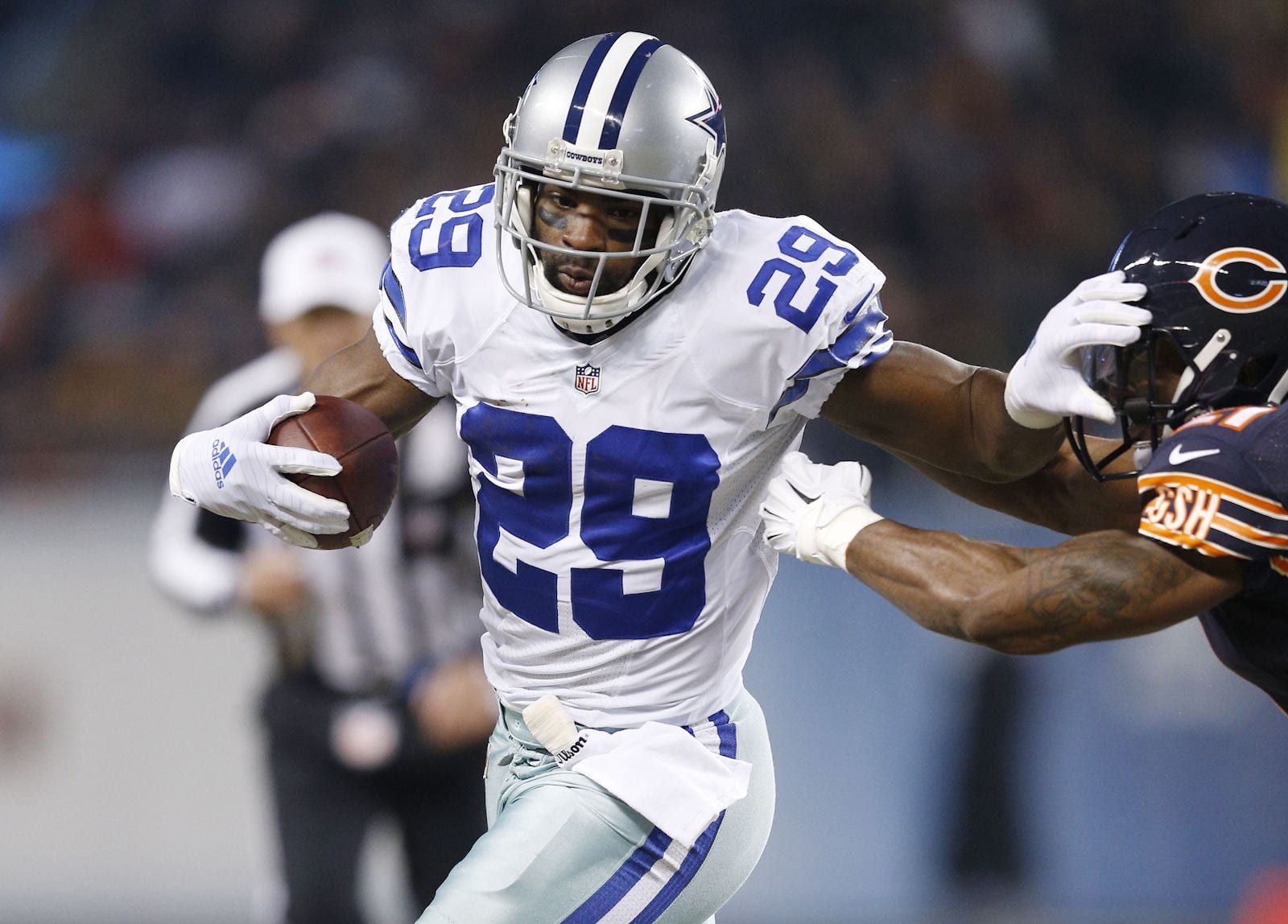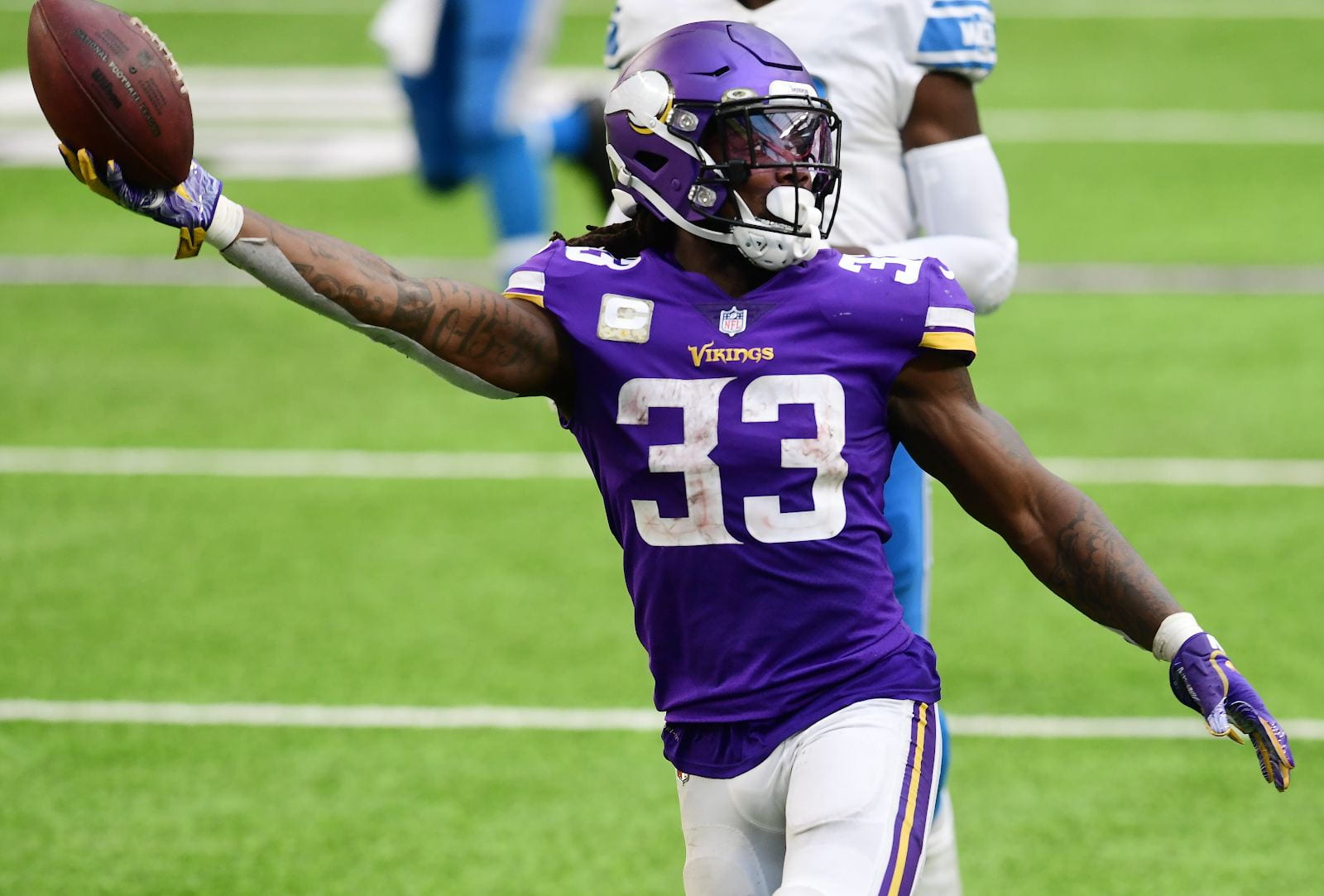Author: Michael Diersen (michaeldiersen2023@u.northwestern.edu), McCormick
To many NFL GMs and all fantasy football managers, workhorse running backs are hot commodities. While an elite running back can carry NFL and fantasy teams to championships, they can only do so for so long. At one point or another, a player’s production is destined to decline, and more often than not the decline takes place at an unexpected and rapid rate. Because of this, a General Manager’s ability to anticipate a player’s age of decline could save millions of dollars for a franchise or a great deal of draft capital for fantasy football players.
Area of Analysis
One effective way to identify this age of decline is to look at the statistics of the top tier NFL running backs throughout history. However, over time there have been two significant changes to the game that could affect the longevity and production of NFL running backs. For one, the NFL has recently become much more conscious of player safety, attempting to limit the number of dangerous collisions that take place on the field. Penalties for hitting a defenseless receiver or lowering the helmet to initiate contact have been instituted to make the game safer. This could lead to a wider discrepancy in the longevity of running backs now compared to football before the turn of the 20th century.
On top of an increase in player safety, the league has gradually shifted towards becoming a more pass-oriented league. This has been shown by the fact that out of the 20 highest pass attempt seasons by quarterbacks, 17 have taken place in the last decade. Furthermore, only one running back in the last decade is in the top 20 in single-season rushing attempts (Demarco Murray 2014). Knowing these changes in the game, it would be most effective to focus more on running back production over the last 10-15 years to analyze running backs that peaked and at what point they declined.

Demarco Murray the only running back in the last 10 years with more than 360 rushing attempts (390 attempts in 2014)
(Joe Robbins, Getty Images)
The Data
To understand when running back production falls off, an analysis was conducted looking at the frequency of top 20 running back finishes by age over 10 years. For this analysis, the top backs from the years 2007 through 2016 were looked at using half-point PPR scoring. As depicted in the graph below, there was a clear decline in the number of top 20 running back seasons produced by players aged 29 and up. This is seen by the fact that the number of players to produce a top 20 season at age 27 and age 28 were 22 and 23 respectively. From here, a drop-off is seen with just 11 players producing a top 20 season at age 29 followed by just 8 players at age 30.
On top of looking at the overall production of the top 20 running backs year by year, an in-depth look at the best of the best running backs over the same period of time was done. The graph below depicts all running backs between the years 2006 and 2016 to finish within the top 5 of all running backs in fantasy scoring and have 3 or more top 20 fantasy football finishes. This criterion emphasizes a closer look at running backs that have produced at an elite level for a consistent period of time. Looking at the chart there is a general trend of running backs reaching a sharp decline during or just following their age 29 seasons. Furthermore, over half of the elite running backs to meet the criteria experienced a top 10 season at age 28 before falling outside of the top 10 the very next season. While running backs like Frank Gore, Matt Forte, and Landanian Tomlinson appear to have some form of production past age 30, it is clear that they, like the other running backs, are well past elite form.
Conclusion
As the numbers show, NFL running backs often see a major dip in overall performance around the age of 29. It is at this age where many running backs hit a cliff, often in the form of an injury or just a failure to continue to perform at an elite level. While the statistics do show a common decline around the age of 29, as always in sports, stats do not tell the whole story. Players such as the ageless Frank Gore and Devonta Freeman, who couldn’t stay consistently healthy, are just two of the many cases who don’t always follow the age 29 trend. Despite this, the tendencies seen in running back production over recent years can provide insight for general managers and fantasy football players alike. Understanding that many running backs reach a sharp decline in performance during or following their age 29 seasons can help general managers when making personnel or contract decisions. For example, at age 24, Ezekiel Elliot signed his 90 million dollar contract extension which at the time may have seemed deserving for one of the top running backs in the NFL. However, given that the contract goes through his age 31 season, it appears to be rather unlikely that Elliot lives up to the value of the contract extension.

Dalvin Cook current RB1 in fantasy football half ppr scoring leagues (John Autey, St. Paul Pioneer Press)
For the many fantasy football managers out there, being wary of this age cliff can be important, especially at the top of your drafts when spending up for a top 10 running back. Over the past couple of years, we have seen several running backs see a serious drop off in production in their age 29 season. In 2015, both Jamal Charles and Marshawn Lynch were consensus first-round picks, drafted as the preseason RB4 and RB5 respectively, but both finished outside the top 40. More recently in 2017, entering his age 29 season Demarco Murray was ranked as the preseason RB8 in fantasy drafts but finished outside the top 20. Looking at current NFL running backs, a majority of the elite fantasy options appear to be well within their primes with the likes of Christian McCaffrey, Dalvin Cook, and Alvin Kamara among many others sitting at or under 27 years old. While this is the current landscape of NFL running backs, in the years to come drafting the second year running back poised for a breakout may be the safer option over the 29-year-old experienced veteran.



Be the first to comment on "The NFL Running Back Age Cliff"